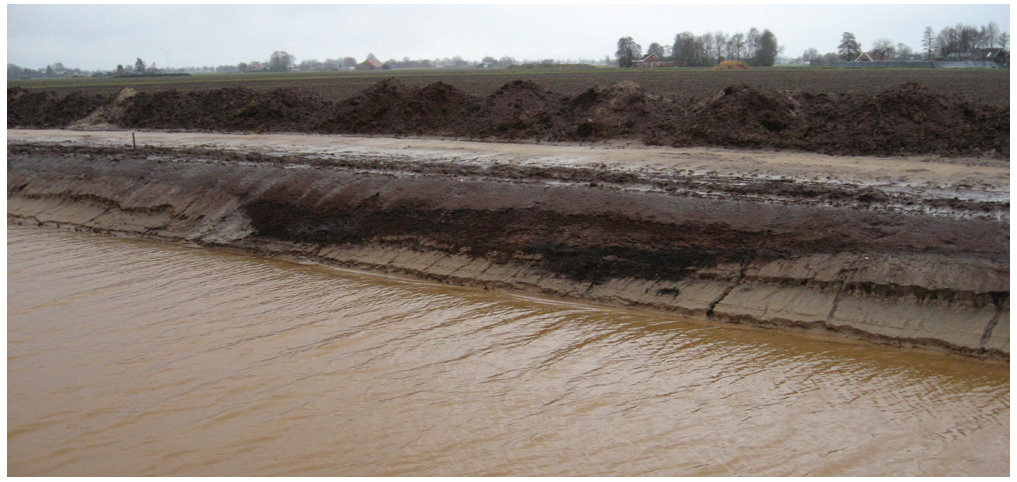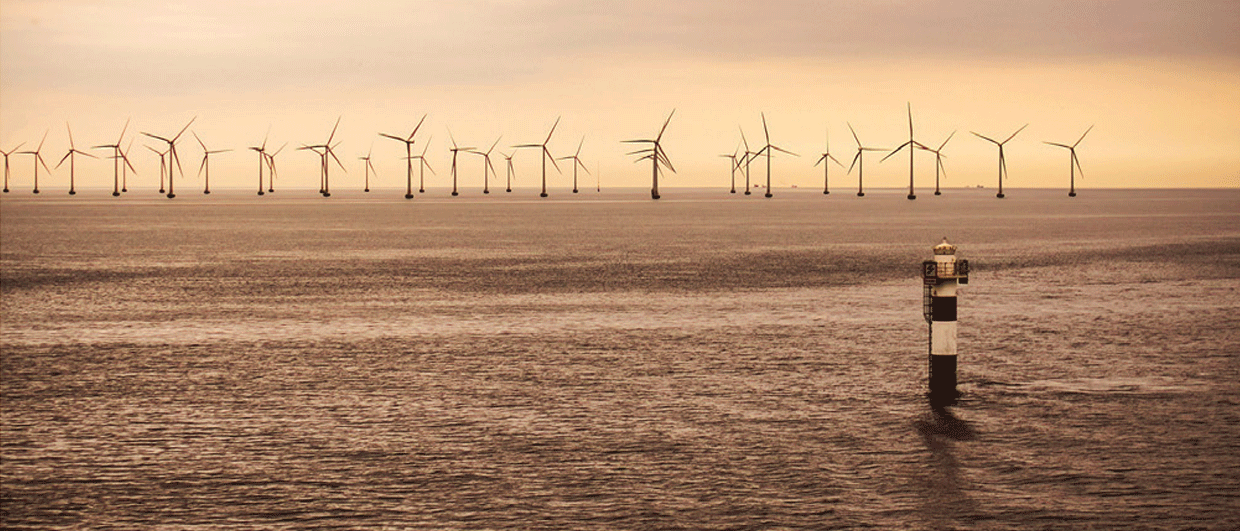“The offshore wind sector is still very much a geotechnical exercise”, I was told recently by someone with knowledge on the matter. “But that model is due an update.”
Despite what we tend to hear on social media, and what industry leaders preach during panel discussions about the energy transition and the many job opportunities that will bring to new geoscience graduates, the number of geoscientists in wind development companies seems to be very limited so far. ”But the thing is”, the person I talked to said, “we need geoscientists to move from a reactive to proactive industry.”
The planning of export cable routes from offshore wind farms to onshore connection points requires a significant level of geological input and guidance. And it is the mapping of peat and organic-rich sediments that is a critical element in that regard.
“In a way the work is almost like that of oil and gas explorationists because it requires integration of sparse 2D seismic data with limited borehole information and interpretation of regional depositional environments. In subsea cable engineering, avoiding peat and organic sediments in the subsurface is critical to export cable feasibility, route selection, engineering design cost and wind farm operation optimization. To achieve these goals, one needs to understand where peat and organic sediments can be expected in the subsurface.”
What is at stake?
Wind farm geoscientists are primarily interested in the last 20,000 years of geological history. Dramatic Holocene sea-level rise over the past 12,000 years, in response to glacial melting, has been a key driver in that sense – coastal systems have shifted dramatically landward as once exposed land drowned. This drowning and flooding of low-lying coastal and terrestrial areas generated many areas prone to organic sediments and peat deposition.
Organic sediments act as thermal insulators with high resistivity characteristics. Like much in the world of sedimentary geology, thermal characteristics of organic sediments vary depending on several depositionally linked variables: Organic matter content, concentration (TOC) and facies type. Organic mudstones tend to be on the lower end of the spectrum, with fibrous peat claiming the crown as king of insulation. Such organic sediments don’t allow export cables to dissipate heat and can lead to curtailment of wind farm generation potential, and in the worst cases, cable failure.
In some markets, even with the most expensive engineering solution, a poor route can kill a project. Whilst upgrading of export cables can be a viable engineering solution, it also is accompanied with higher costs, particularly in new markets with immature supply chains. In most cases, operators are over-engineering export cable designs to lower risk and at higher costs to the project. But, there is another way to de-risk this element of the project: Geoscience.

Geoscience application
The geological solution is understanding the distribution of organic sediments and avoid them altogether, or as much as feasibly possible. This isn’t rocket science, but geoscientists need to be included at the earliest planning stage to add value, and to highlight that the sediment in which an export cable is placed is important. This re[1]quires a three-stage approach; initiated by collating all public information such as core data, lithology information, academic literature, surface mapping and generating a top-down ground model.
This is followed by planning an export cable route guided by the topdown geological model. This phase is also accompanied by the minimum commitment seismic data, CPT data and geotechnical core data. Pick the wrong route, and it will significantly impact the business case as all export cable routes must obtain a minimum data tranche to meet certification requirements set by government authorities. There is also an element of seabed real estate competition as grid connection points can be limited.
Analysis of acquired data is the third step: Seismic interpretation, application of sequence stratigraphy, sedimentological analysis of core data, and integration of borehole CPT and lab thermal data to create an integrated geological model. Interpretation products include not only depth grids and isopachs maps but also depositional environment maps with associated facies.
Isolating facies to depositional environments is key to understanding and predicting organic sediment spatial distribution, types of organic content and possible thickness. Integrated 3D static geological models are highly sought by stakeholders and are a valuable communication tool. Of course, additional data acquisition may be required to further refine the geological model and meet minimum development criteria.
Furthermore, although the static model is primarily a means to better understand risk, it can also be used as the basis for CPT property modelling and thermal uncertainty modelling. By creating integrated 3D geologic models, projects can make better proactive decisions, run scenario modelling, inform engineering design and test boundary conditions of business cases.
Key takeaways
As described above, proactive geological modelling approaches are very similar to the type of work done in oil and gas exploration, with similar sparse dataset conditions.
Project management and leaders need to consult geoscientists at the earliest phase of export cable route planning to avoid costly mistakes, late development of alternative routes or terminal route selection. The wind industry needs to move away from “we can engineer our way around anything” to predictive geological modelling in order to optimize costs, improve operating efficiency and tackle key project risks.
Collaboration between geoscientists, geotechnical engineers and subsea cable engineers is integral to achieving an optimized export cable route. Better collaboration between all three sub-disciplines is desperately needed in the offshore wind industry, academia and across representative professional bodies and organizations.


